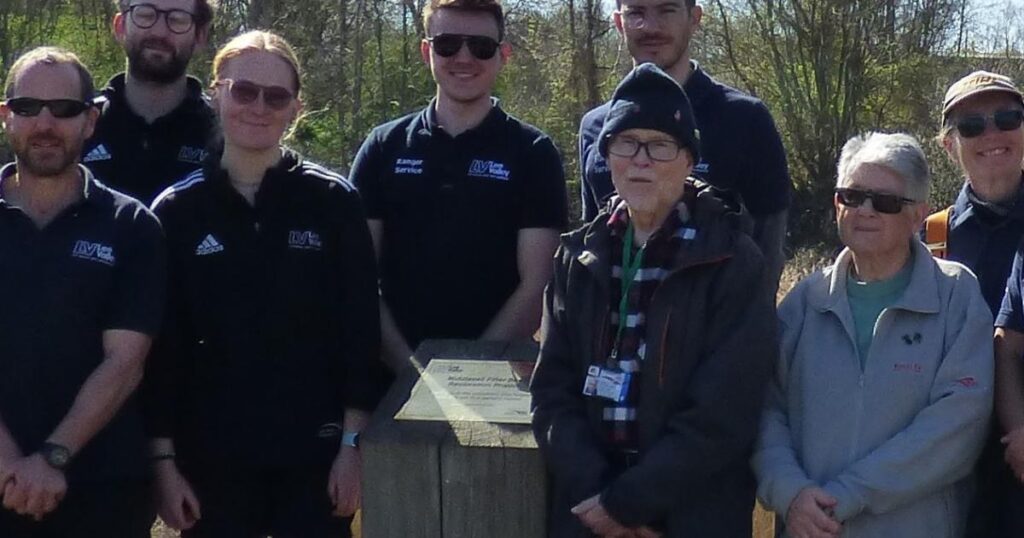They have spent the last two years repairing damage caused by years of water filtering equipment being stolen along the River Lea.
Now the former Victorian filter beds near Lea Bridge Road, which connects Lower Clapton and Leyton, have been restored as a wetland habitat in a project by Lee Valley Regional Park Authority to create a world-standard nature reserve.
Groups like Clapton Green Gym, Haggerston Gardeners and Lea Bridge Conservation Volunteers spent their weekends clearing scrubland, working alongside Lee Valley’s regular ‘army’ of supporters under guidance from the park authority.
“The volunteers played a key role in this project,” the authority’s Paul Roper said.
“We have a commitment to reinstate this wetland, despite many challenges we faced in getting electricity to pump water into the filter beds.”
The “rewetting” will be complete by the autumn, to improve biodiversity habitats and to encourage birds, amphibians and insects back to the marshes.
Middlesex Filter Beds were originally laid out in the 1860s in response to the devastating cholera outbreak in London that killed tens of thousands of people.
But increased demand for clean water as London’s population grew had to be met by updated treatment works elsewhere, so the filter beds were abandoned in 1969.
Much of the equipment was stolen over the years which caused the filter beds to dry out.
Now a secure pumping solution to keep the water source running has been developed to restore the wetlands ecosystem.
Much of the area along the River Lea was derelict and neglected with redundant industry, sewage works, gravel pits, rubbish dumps and railway sidings cluttering the banks.
It has taken five decades to restore Lee Valley’s natural beauty, stretching from Bow Creek and the Queen Elizabeth Olympic Park to Cheshunt and Broxbourne in Hertfordshire, an area globally recognised as a unique wetland for migrating birds.




